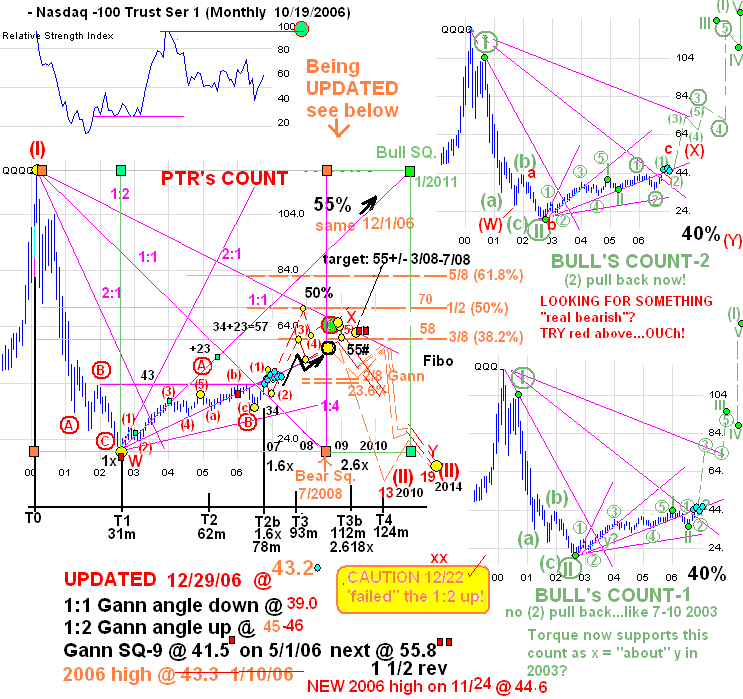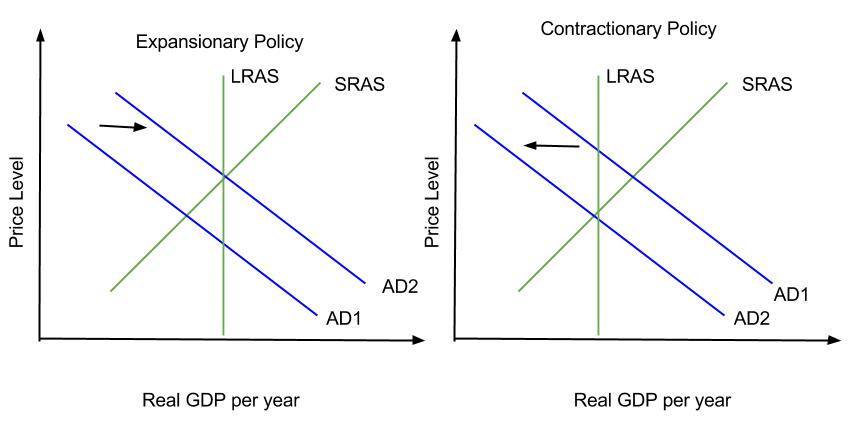Tier 3: Ancillary Capital Rulebook

Under Basel III, a bank’s tier 1 and tier 2 assets must be at least 10.5% of its risk-weighted assets. Tier 2 capital is supplementary capital, i.e., less reliable than tier 1 capital. While violations of the Basel Accords bring no legal ramifications, members are responsible for implementing the accords in their home countries. Tier 3 capital mainly include short-term subordinated debt which, if circumstances would require, can become part of the bank’s permanent capital and thus be used to absorb losses that may lead to insolvency. The Basel Accords are international banking regulations that ensure banks have enough capital on hand both to meet their obligations and absorb any unexpected losses. Tier 1 capital consists of shareholders’ equity and retained earnings, which are disclosed on their financial statements.
Subordinated debt falls under other debt in payout priority if the borrower defaults. Subordinated debt is generally unsecured, meaning there is no collateral for the debt, so the issuer is left to trust that the borrower will pay them back. Staff presence on the ground in IDA-eligible FCS per year, measured as mission days in-country, resident staff days (assumed number of days per year x staff number) and local consultant days worked.
A bank’s total capital is calculated by adding its tier 1 and tier 2 capital together. BCBS published Basel III in 2009, following the 2008 financial crisis. Basel III was designed to improve the banking sector’s ability to deal with financial stress, improve risk management, and strengthen a bank’s transparency. Basel III implementation began on Jan. 1, 2013, with a 10 percentage point reduction in Tier 3 assets every year following.
Understanding Tier 3 Capital
A Tier 3 account is a retail industry term for a target account or an account a business would like to create for an ideal tier 3 capital customer. Julia Kagan is a financial/consumer journalist and former senior editor, personal finance, of Investopedia.
These are a set of three (Basel I, Basel II, and Basel III) regulations, which the Basel Committee on Banking Supervision (BCBS) began to roll out in 1988. In general, all of the Basel Accords provide recommendations on banking regulations with respect to capital risk, market risk, and operational risk. Under the Basel Accord, a bank has to maintain a certain level of cash or liquid assets as a ratio of its risk-weighted assets. The Basel Accords are a series of three sets of banking regulations that help to ensure financial institutions have enough capital on hand to handle obligations. In addition to minimum capital requirements, Basel II focused on regulatory supervision and market discipline. Basel II highlighted the division of eligible regulatory capital of a bank into three tiers.
Tier-3 Capital
The distinction is based upon the years to maturity at the time the debt was issued. For the subordinated term debt included under Tier 2, the amount that can be counted towards capital is reduced by 20% for every year when the debt is due within 5 years. This takes care of the time to maturity problem for Tier 2 subordinated debt. For Tier 3 short term subordinated debt, this is not an issue because debt will only qualify for Tier 3 if it has a lock-in clause stipulating that the debt is not required to be repaid if the effect of such repayment is to take the bank below minimum capital requirements.
- Julia Kagan is a financial/consumer journalist and former senior editor, personal finance, of Investopedia.
- To prevent the potential of double-counting of capital across the economy, bank’s holdings of other bank shares are also deducted.
- It is more difficult to accurately measure due because it is composed of assets that are difficult to liquidate.
- Capital tiers for large financial institutions originated with the Basel Accords.
The Basel Accords stipulate that tier 3 capital must not be more than 2.5x a bank’s tier 1 capital nor have less than a two-year maturity. Unsecured, subordinated debt makes up tier 3 capital and is of lower quality than tier 1 and tier 2 capital. A layer of capital (for a bank or financial institution) that consists of junior debt (more subordinated, and with quality lower than the debt in tier-1 and tier-2 capital). Banks and similar financial institutions hold this type of capital as a means to better account for its various risks including market risk, exchange risk, etc., that relate to its trading activities. Tier 3 Capital in the Basel Accords is a specific type of supplementary capital and refers to certain type of short-term debt that can partially satisfy regulatory minimum capital requirements for market risk only. Tier 1 capital is a bank’s core capital, which consists of shareholders’ equity and retained earnings; it is of the highest quality and can be liquidated quickly.
Basel III
Indicator tracks progress under the IDA19 Governance & Institutions (G&I) policy commitment no. 8. Illicit Financial Flows Assessments encompass the variety of tools the WBG will utilize to help IDA countries to monitor and measure Illicit Financial Flows (IFFs). These include Rapid Assessment Tools (RATs), Tax Administration Diagnostic Assessment Tool (TADAT), National Risk Assessments (NRA), and other approaches for assessing the different dimensions of IFFs. Percentage of IDA supported operations that report at completion the extent to which the operation had or is expected to have a positive/negative/neutral impact on gaps between males and females.
G Mining Ventures Grants Equity Incentives – Yahoo Finance
G Mining Ventures Grants Equity Incentives.
Posted: Tue, 08 Aug 2023 20:01:00 GMT [source]
This means that, if a bank fails, its Tier 2 assets will absorb any losses before its creditors or depositors do. Revalued reserves is an accounting method that recalculates the current value of a holding that is higher than what it was originally recorded as, such as with real estate. Hybrid capital instruments are securities that have both equity and debt qualities, such as convertible bonds. These funds are generated specifically to support banks when losses are absorbed so that regular business functions do not have to be shut down.
Tier 3
In addition to increasing capital requirements, it introduces requirements on liquid asset holdings and funding stability, thereby seeking to mitigate the risk of a run on the bank. A bank’s tier 1 capital ratio compares its core equity assets to its risk-weighted assets. A high ratio means that the bank has enough liquid assets on hand and is more likely to absorb losses without the risk of a bank failure. Tier 3 capital consisted of low-quality, unsecured debt issued by banks before the Great Financial Crisis.

A bank’s total capital is calculated as a sum of its tier 1 and tier 2 capital. Regulators use the capital ratio to determine and rank a bank’s capital adequacy. Tier 3 capital consists of subordinated debt to cover market risk from trading activities. The indicator measures the share of a project’s IDA lending at commitment that is expected to contribute to climate change adaptation and/or mitigation. Calculation is based on the joint MDB methodology for tracking climate change adaptation and mitigation finance to assess the Climate Co-Benefits of all IBRD/IDA lending operations.
Based on a review of IDA-supported operations that closed during the current fiscal year and that had been tagged for addressing gender aspects in analysis, design, and M&E. Data is aggregated for all IDA eligible countries (including “Inactive” and “Blend” countries) in a reporting fiscal year. Share of IDA operations and IDA commitments rated by the IEG as “moderately satisfactory” or higher on achievement of outcomes. Data are for projects exiting in the three previous fiscal years for which at least 60% of the projects for each fiscal year have been evaluated by IEG.
Satisfactory outcomes of IDA operations, as share of operations (%)
#IDAworks to close gender gaps by bringing girls to school, helping women gain access to vital assets, and ensuring they can obtain financing to start businesses. Watch how IDA helps increase women and adolescent girls’ empowerment and access to quality education and reproductive, child, and maternal health services. The agreement provides limits on how much Tier 2 or Tier 3 capital can be relied upon for capital adequacy, the idea being to make sure that there is always sufficient Tier 1 capital available. Under the Basel III Accords, tier 3 capital was required to be phased out starting Jan. 1, 2013, and removed from accounts by Jan. 1, 2022. These two primary types of capital reserves are different in several respects. Bank Budget to Portfolio Volume Ratio (IDA) is defined as Total Administrative Budget expenses (BB) per US$ billion portfolio under supervision.
- A Tier 3 account is a retail industry term for a target account or an account a business would like to create for an ideal customer.
- Percentage of IDA supported operations that report at completion the extent to which the operation had or is expected to have a positive/negative/neutral impact on gaps between males and females.
- Lastly, the proposal requires both sets of firms (large bank holding companies and regional firms) subject to the LCR requirements to submit remediation plans to U.S. regulators to address what actions would be taken if the LCR falls below 100% for three or more consecutive days.
- The assessment is based on project components/sub-components for IPFs, Prior Actions for DPFs, and Disbursement Linked Indicators (DLIs) for PforRs.
This increases banks’ stability, which increases the stability of the overall financial system. It includes assets such as revaluation reserves, hybrid capital instruments, and undisclosed reserves. Tier 2 capital is supplementary capital because it is less reliable than tier 1 capital. It is more difficult to accurately measure due because it is composed of assets that are difficult to liquidate. Often banks will split these funds into upper- and lower-level pools depending on the characteristics of the individual asset. Banks must hold certain percentages of different types of capital on hand.
Eligibility and limits applicable to Tiers 1, 2 and 3
In general, all of the Basel Accords provide recommendations on banking regulations concerning capital, market, and operational risks. Tier 3 capital consisted of subordinated debt to cover market risk from trading activities, but it is now not used in the banks of Basel Accord member countries. Basel III aims to strengthen the requirements in the Basel II regulatory standards for banks.

Tier 3 capital debt may include a greater number of subordinated issues when compared with tier 2 capital. This indicator measures the dollar value of the sum approved by the Board in a given FY, to be extended to the client in loan, credit, or grant terms from IDA sources identified as providing disaster risk management co-benefits, as a share of the total sum approved by the Board. CET1 capital comprises shareholders equity (including audited profits), less deductions of accounting reserve that are not believed to be loss absorbing “today”, including goodwill and other intangible assets. To prevent the potential of double-counting of capital across the economy, bank’s holdings of other bank shares are also deducted. Tier 1 capital is a bank’s core capital, which it uses to function on a daily basis.
Basel III is the third Basel Accord, a framework that sets international standards for bank capital adequacy, stress testing, and liquidity requirements. Augmenting and superseding parts of the Basel II standards, it was developed in response to the deficiencies in financial regulation revealed by the financial crisis of 2007–08. It is intended to strengthen bank capital requirements by increasing minimum capital requirements, holdings of high quality liquid assets, and decreasing bank leverage. Tier 1 capital is intended to measure a bank’s financial health; a bank uses tier 1 capital to absorb losses without ceasing business operations. Tier 2 capital is supplementary, i.e., less reliable than tier 1 capital.
(b) 50 % of the initial credit spread, less the swap spread between the initial index basis and the stepped-up index basis. (iii) the Minimum Capital Requirement is complied with after the repayment or redemption. (b) the eligible amounts of Tier 2 items shall not exceed 20 % of the Minimum Capital Requirement. (c) the sum of the eligible amounts of Tier 2 and Tier 3 items shall not exceed 50 % of the Solvency Capital Requirement.
Tier 3 capital is tertiary capital, which many banks hold to support their market risk, commodities risk, and foreign currency risk, derived from trading activities. Defined by the Basel II Accords, to qualify as tier 3 capital, assets must be limited to no more than 2.5x a bank’s tier 1 capital, be unsecured, subordinated, and whose original maturity is no less than two years. The Basel II Accords outlined the need for tier 3 capital and under Basel III, tier 3 capital is being eliminated.
